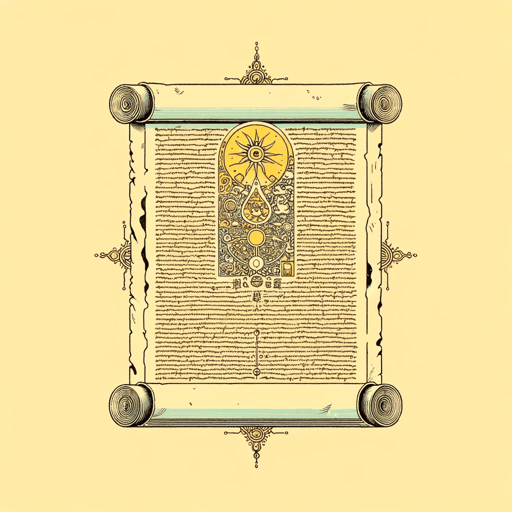49 pages • 1 hour read
James RedfieldThe Celestine Prophecy
Fiction | Novel | Adult | Published in 1993A modern alternative to SparkNotes and CliffsNotes, SuperSummary offers high-quality Study Guides with detailed chapter summaries and analysis of major themes, characters, and more.
Background
Philosophical Context: The New Age Movement
The Celestine Prophecy is widely recognized as a key example of the influence of New Age thought in American culture in the 1990s. One of the central characteristics of New Age thought is a focus on individual spirituality and personal experience rather than organized religion. This is evident when Charlene tells the narrator that “our experience validates what the Manuscript says” (10). The role of organized religion in American life, as in the Western world in general, was in decline in the decades leading to the new millennium. One of the clear indications of this shift was the growing tendency of people to identify themselves as “spiritual” but not “religious.” This shift in emphasis is reflected in the primary role that the narrator’s journey toward truth plays in the story. When the narrator acknowledges, for example, that Wil “wanted me to experience the Third Insight in my own way” (52), he is gesturing toward this fundamental tenet of New Age thought.
The counterculture of the 1960s, which rejected traditional values and institutions in favor of more open-minded and unconventional approaches to spirituality and self-expression, also influenced the New Age movement. The movement’s embrace of alternative beliefs such as reincarnation, astrology, and spiritualism reflects this rejection of conventional norms.

